Not a regular day at DHS: Robo-call bomb threat disrupts everything
On March 22, at 10:10 AM, DHS was one of 45 schools in Massachusetts this year to receive an anonymous ‘robo’ call claiming that there was a bomb hidden in the building. Shortly afterwards Principal John Gould was informed, and he immediately notified the Dartmouth Police and central office at Bush St. Twenty minutes later, during the first lunch shift, Dr. Gould went on the intercom to issue a lockdown.
In order to put worried minds at ease, in his announcement, Dr. Gould said, “We are testing our capacity to respond to emergencies.” Many students were unnerved that Dr. Gould didn’t clarify whether it was only a drill, while others assumed that they were perfectly safe.
“The announcements made during the bomb threat were confusing and also conflicting with each other,” said junior Victoria Cameron. “I felt safe because the likelihood that it was a real threat was very minimal.”
Parents then texted their children, telling them they had received a call that there was a potential bomb in the school. “I had the principal telling me it was a drill, but my mom texting me that it was real,” said freshman Sarah Jorge. “That’s what caused the confusion and created chaos.”
Later, Dr. Gould then informed the students in the cafeteria of the bomb threat and responded to questions. “I tried to answer them as directly as I could,” said Dr. Gould. “Every question I answered was in consultation beforehand with the police and the fire department, as well as the state police.”
However, some students thought the answers were insufficient and did not assist in keeping everyone calm and informed. “When people were asking Dr. Gould legitimate questions about what was happening, he was giving incredibly vague answers that gave us no information at all,” said one freshman.
Not only were students perturbed by the way Dr. Gould dealt with their worries, they were also angered he didn’t initially specify the school was at risk.They would have preferred to have been in the loop from the beginning in order to minimize the disorder. “As a senior in high school, I did not appreciate not knowing what was happening,” said Jessica Silvia. “Had something actually happened, I and many other students could have been seriously injured with no idea why.”
In response to these concerns, Dr. Gould explained his reasoning for being elusive through a metaphor. “Why would an elephant be scared of a mouse? Because they can crawl up inside their trunk and curl up and suffocate them,” said Dr. Gould. “When an elephant sees a mouse, they run. If I have 350 elephants in a room, and I yell mouse what’s going to happen? So what I want to try to do is share the information I’m okay to share.” After all, according to Dr. Gould, he was working with a team of other administrators and personnel. He merely represented the group’s decisions when speaking to the students and their families.
Other people were more understanding to Dr. Gould’s reasoning. “I think the administration kept us updated,” said freshman Hannah Chamberlin. “Dr. Gould was in the cafeteria the whole time, telling people what was going on, so I felt well-informed.” The students felt that it was a delicate situation. He was struggling to balance the need to ease people’s anxieties, but also letting them know the true severity of the situation.
Junior Colby Lima said, “Being a low level threat situation, the main goal was to make sure people didn’t freak out, which they did well.”
The confusion circulating within the school originally started with parents, when they received a message around 11:30 a.m. from DHS, informing them of the circumstances. Dr. Gould estimated that about 80 parents gathered in front of the school, while others texted their children. He noticed their arrival while doing a sweep of the building and stopped to speak with them.
”I think I did say the same thing to them that I said over the loudspeaker, that we’re testing our capacity to respond to emergencies,” he said. “We weren’t ready to release that information [the specifics of the bomb threat]. I put them at ease and explained the police were onsite and that their children were safe.”
Parents were not permitted to release their children from the school during the time of the lockdown. Some parents were unhappy with this decision. “I believe if a parent wants to take her child out of school, regardless of what is going on, she should have the right to do so,” said parent Sonya Bentley. “I just don’t think they have the authority to hold someone’s child.”
Concerned for students’ safety in the potentially hazardous environment, many parents felt the need to be with their children.
Parent Jane Lamarre said she “felt helpless, because I couldn’t get over to [my daughter]. I was very worried for [her] safety. They did let us know right away, but the first call was just that there was a bomb scare. We didn’t find out until later that [the students] were being held in a secure environment.”
According to Dr. Gould, the administration followed the ALICE protocol (Alert, Lockdown, Inform, Counter, and Evacuate), a system designed to alleviate the dangers in a school shooting. The administrators conducted a search of the building to prepare for the arrival of the bomb dog unit. They swept each floor and updated the teachers who were in their prep areas.
“We followed the prescriptions of all the procedures,” said Dean Michael Martin. “I personally walked around with the fire chief to search the common areas just to make sure.” Shortly after, the bomb squad arrived, and after a search of the school, determined the threat to be false.
Some students were troubled by the process of clearing the school, especially those who were in the cafeteria. “All bags were checked at homecoming, from purses to small pouches,” said freshman Charlotte Correiro. “Yet as over 200 kids sat in the cafeteria, no backpacks were opened in a search.”
Dr. Gould agreed that the cafeteria was a logical place to have been the location of the bomb. He said, “My guess is that these people delivered the call right before lunch for a reason,” he said. Yet, many students did not observe any scouring of the cafeteria.
“I didn’t feel safe,” said freshman Kaitlin Silvia, “because not once did they check the cafeteria to see if there was a bomb in there.”
It is in human nature to confront a situation with one of two reactions: fight or flight. Considering that a bomb is nearly impossible to fight, many people wanted to evacuate the school. Dr. Gould opposed this. “If you have a bomb go off, pieces of a bomb called shrapnel [explode before reaching their target and release a shower of missiles], taking out more people. Actually having them compartmentalized [in the building] is probably the best way to protect the most people.” Therefore, no one was allowed to leave the school during the time of the lockdown.
Unfortunately, whoever responsible for phoning in the threat has yet to be detained. The call, being robotic, was untraceable. Dr. Gould says that it is an ongoing police investigation and that the terrorist(s) could be convicted of a felony.
At around noon, lockdown ended, allowing the second lunch shift to commence and classes to run normally. This caused some disappointment among students who wished for a shortened day.
However, Dr. Gould was set on not letting the day be ruined. “Do you let [the caller] win?” he said. “And I say no, I say we determined there is no threat, and we carry on.”

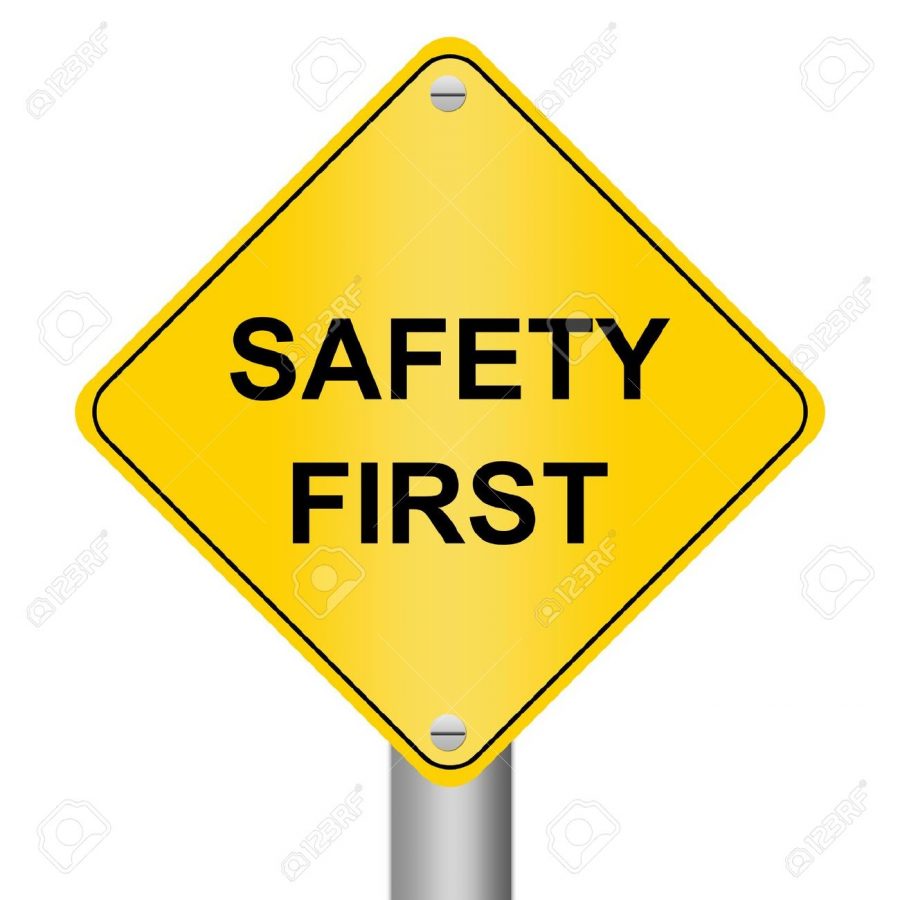
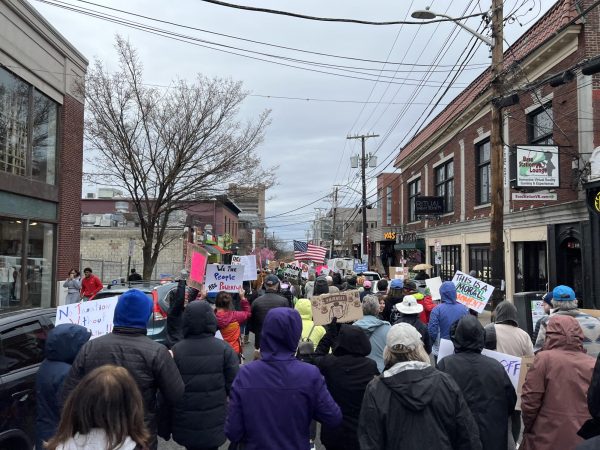

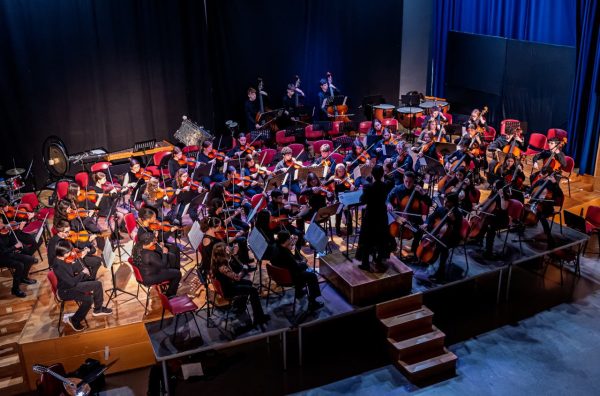
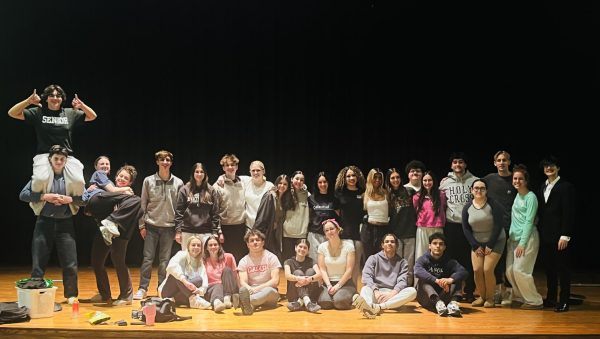
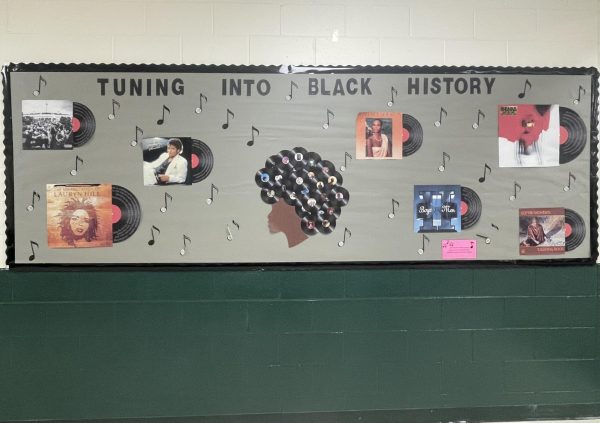

Jack D'Atri • May 26, 2016 at 12:31 pm
What Dr. Gould was talking about with the elephant and the mouse was mob mentality. Basically, it states that one person’s judgement is better than many people’s judgement. I think he gets a bad rap around here. All he did was follow the protocol given to him directly by the state and town police, and the fire department. So if he had just gone out and said that there was the potential for a bomb to be in a school, it would be like yelling everything is half off in a mall. Everyone would go crazy.
Nicole Sheahsn • May 4, 2016 at 7:04 pm
This was a challenging topic to tackle, and your effort to seek balance shows journalistic integrity. I agree w/ Mr. Brodsky that a satisfied parent would enrich this. I’d also be interested in hearing from teachers.
sam brodsky • May 3, 2016 at 8:31 am
nice job showing different sides of the issue, but i would have liked to see a parent response that was satisfied with how it was handled as well.